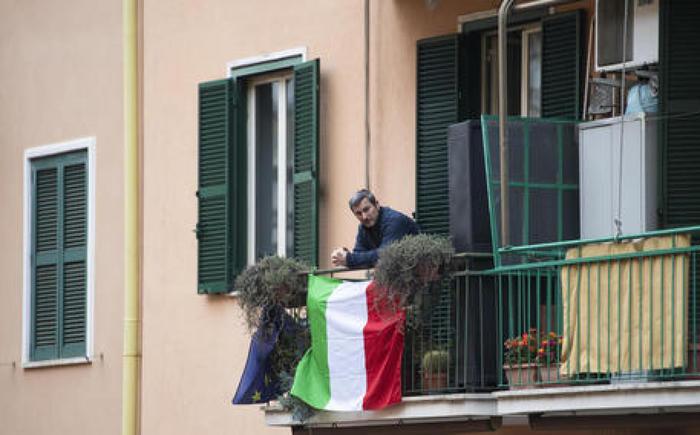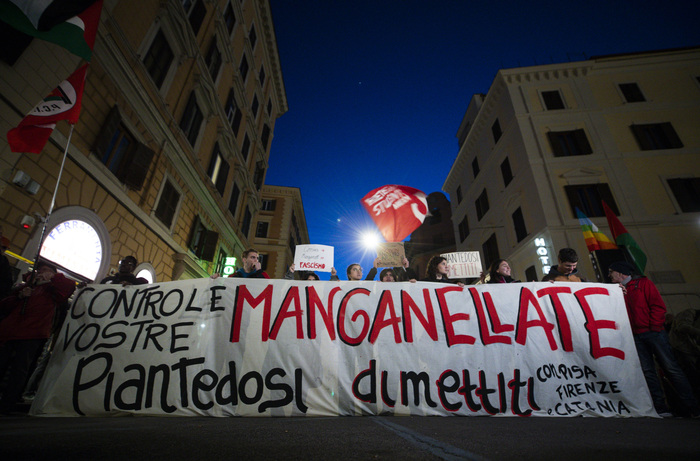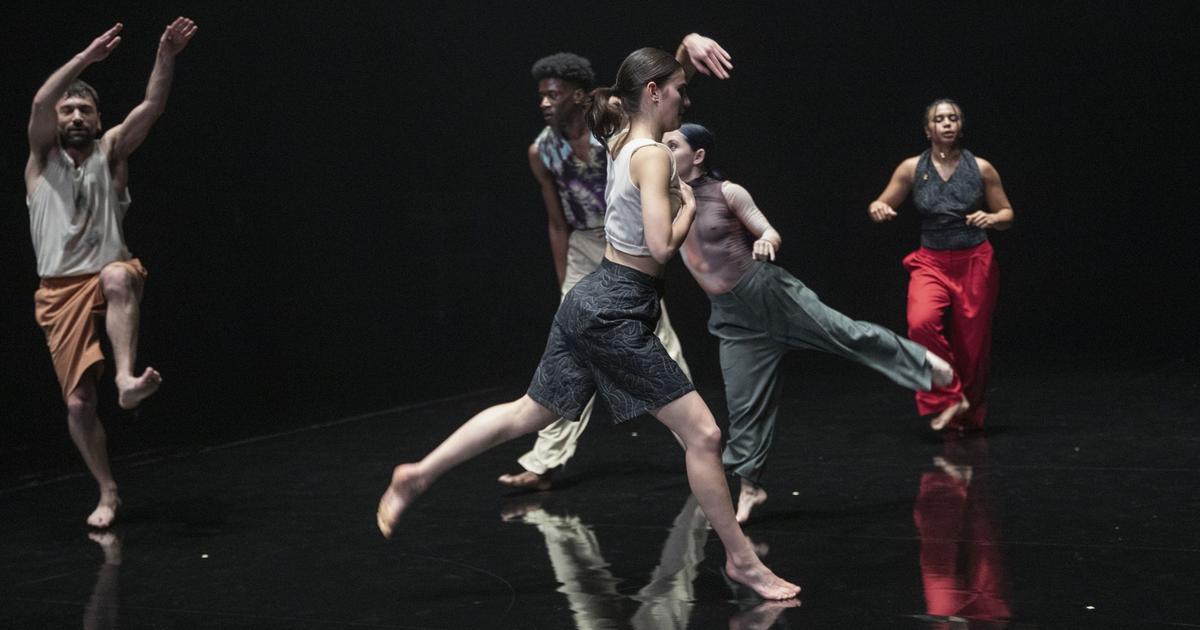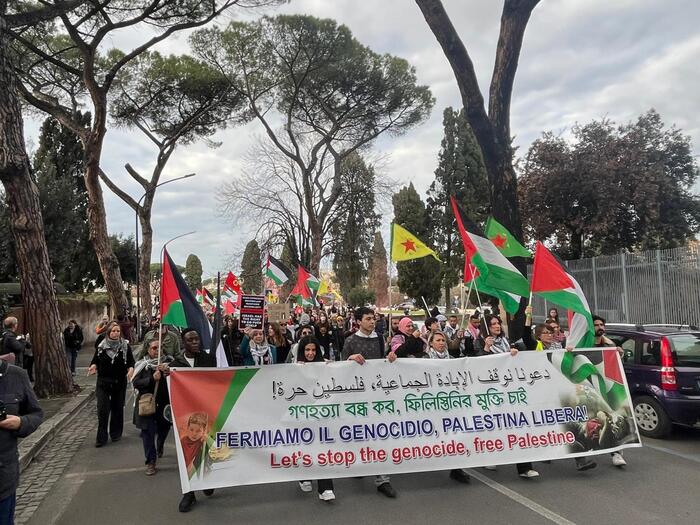ROME - It is one of the most famous popular songs in the world, intoned by the Italian partisan resistance during the Second World War; a hymn to freedom and participation, a tribute to the fighters who died for defending freedom. The song has become the symbol of the struggle for human rights and liberation, whatever it is, loved and sung by everyone, taken up and remixed as a hit of the moment, which has lasted for over 70 years. The last to sing his verses were the British firefighters of the Fire Brigades Union, who wanted to pay homage in a video on Youtube to their Italian colleagues intoning "Bella Ciao" at this time of great difficulty but also of sincere solidarity.
The origins of the song and its music are uncertain: some speak of Breton melodies, of Provencal troubadours and others trace them back to the popular songs of betrayed loves and the songs of the Paddy rice fields. After the Liberation the song was sung in public by young Emilian partisans in Prague in 1947, at the first World Festival of Democratic Youth. Since the sixties, translated and spread all over the world, it has become the universal song of the protest of workers and students, provoking debates and dividing the spirits as expected: the protesters protested intoning "Bella Ciao" from the streets of Athens, Barcelona, of Istanbul, Hong Kong and Santiago de Chile. Even in the current Syrian war it became one of the songs of the Kurdish independence activists, while in Paris at the funeral of the cartoonists of Charlie Hebdo it became the song against terror. The song was used - perhaps abused for traditionalists - to fight, thank, celebrate, remember and celebrate: the song thus passed from street demonstrations to the stadium, to festivals and even to discos, however always in shared situations . It also came to the cinema in the Czech film "Most" and in the Iranian one "There is no evil" with a suggestive interpretation of Milva, transforming it into a hymn of protest throughout Iran. They also heard her sing in the famous television series "The paper house", intoned with a Spanish accent by Professor Alvaro Morte and by the masked protagonists who use the song as a revolutionary gesture.
There are many and some particularly exciting interpretations of great singers and famous people: from Giorgio Gaber, who sang it on TV in 1963, to Tom Waits, who recorded the song for his friend and guitarist Marc Ribot; from Manu Chao to the great Bosnian composer Goran Bregović, who gave the song a Balkan tone. And, again, by the actor Yves Montand, who helped to make the song known throughout Europe in 1963, to the Modena City Ramblers with a folk rock version; from the Bassotti Band to the Marlene Kuntz group accompanied by Skin's poignant voice.
On Saturday 25 April, at 3pm, the association of Partisans Anpi asked for a flashmob with the tricolor flags on the window and the notes of "Bella Ciao" to be sung together. It will be a tribute to the historical anniversary and perhaps also a way to remind everyone to resist, an ode to freedom and rebirth. (HANDLE).
April 25 at home on the notes of "Bella Ciao"
2020-04-25T09:32:22.640Z

It is one of the most famous popular songs in the world, intoned by the Italian partisan resistance during the Second World War; a hymn to freedom and participation, a tribute to the fighters who died for defending freedom. (HANDLE)








